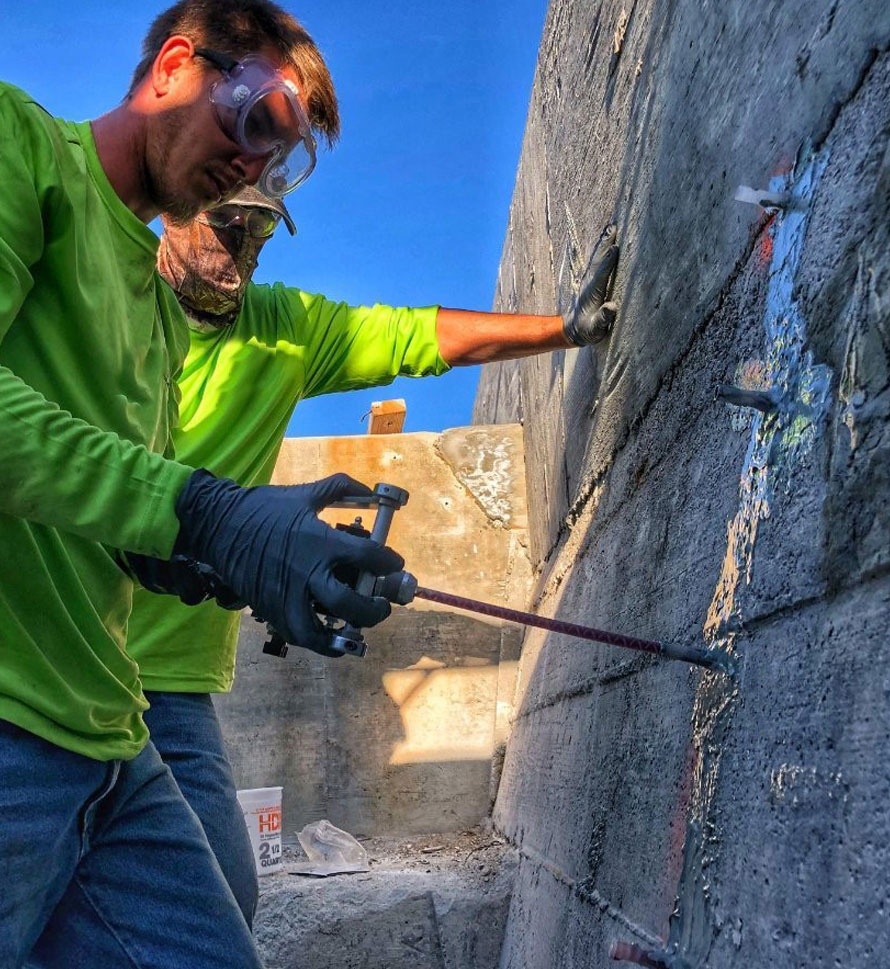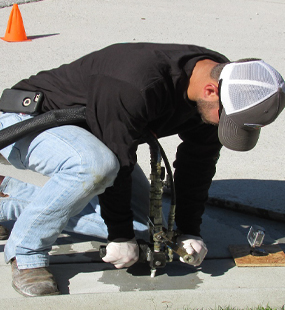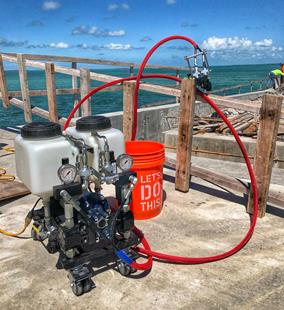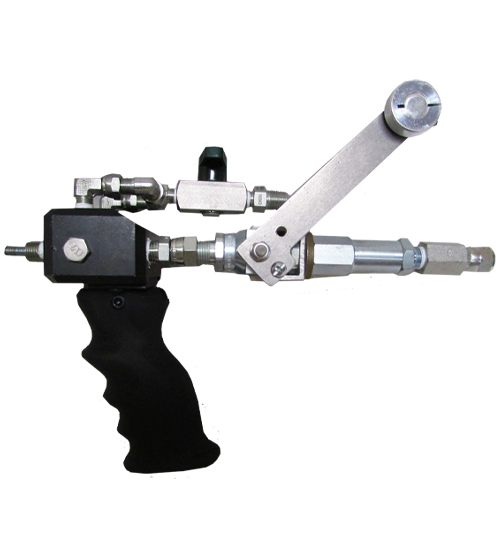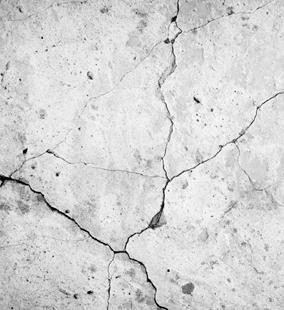
- Home
-
Solutions
-
Leak Seal
Seal leaks in concrete or masonry with crack injection and curtain grouting of our Prime Flex polyurethanes and AR acrylate resins. Prime Resins offers superior solutions for stopping leaks in every type of environment.
Read More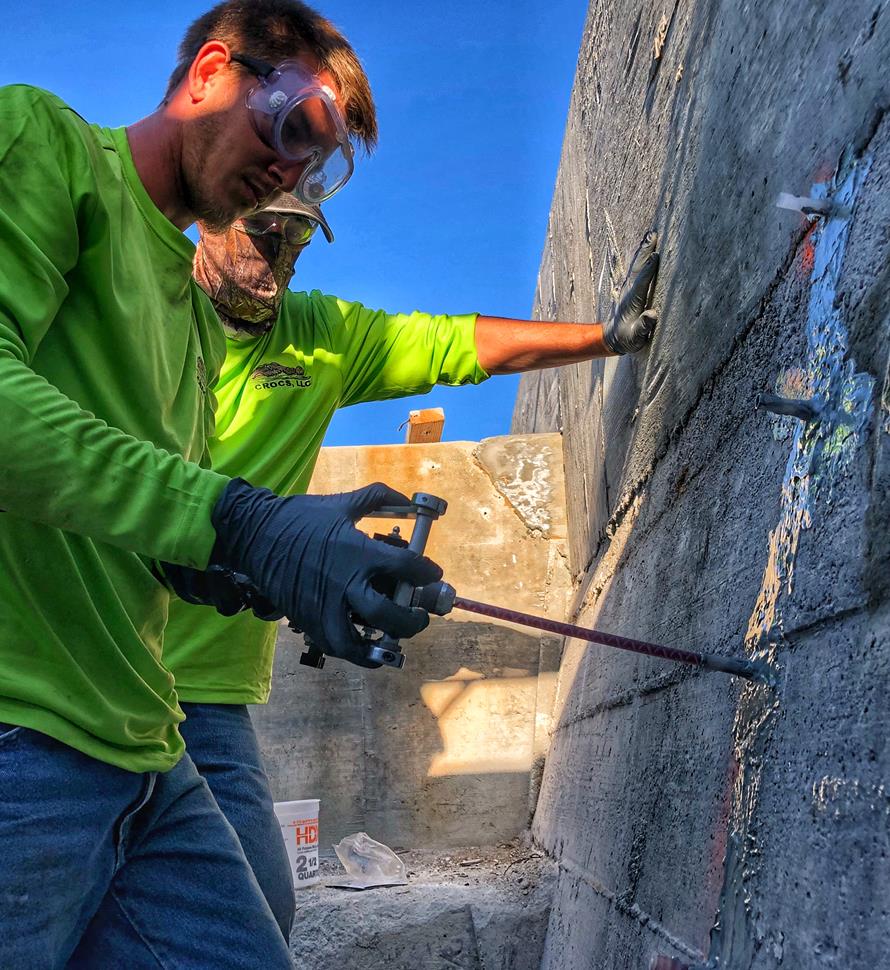
-
Soil Stabilization
Sound concrete relies on a sound substrate. Stabilize soils and fill voids with our polyurethane and acrylate foams and gels. We make chemical grouts for permeation and compaction grouting in wet and dry conditions.
Read More
-
Slab Lifting & Stabilization
Slab lifting and slab stabilization with polyurethane foams offers many advantages over traditional mudjacking. Only Precision Lift is engineered to tackle underlying issues and slab lifting with precise, dependable results.
Read More
-
Floor Repair & Joint Protection
Spalled concrete is concrete that is chipped, cracked and deteriorating. This often happens at a joint.
Read More
-
Seawall Repair
You can repair a seawall or bulkhead with Prime Resins chemical grouts: fill voids, stabilize loose soil and seal leaks at a fraction of the cost of wall replacement.
Read More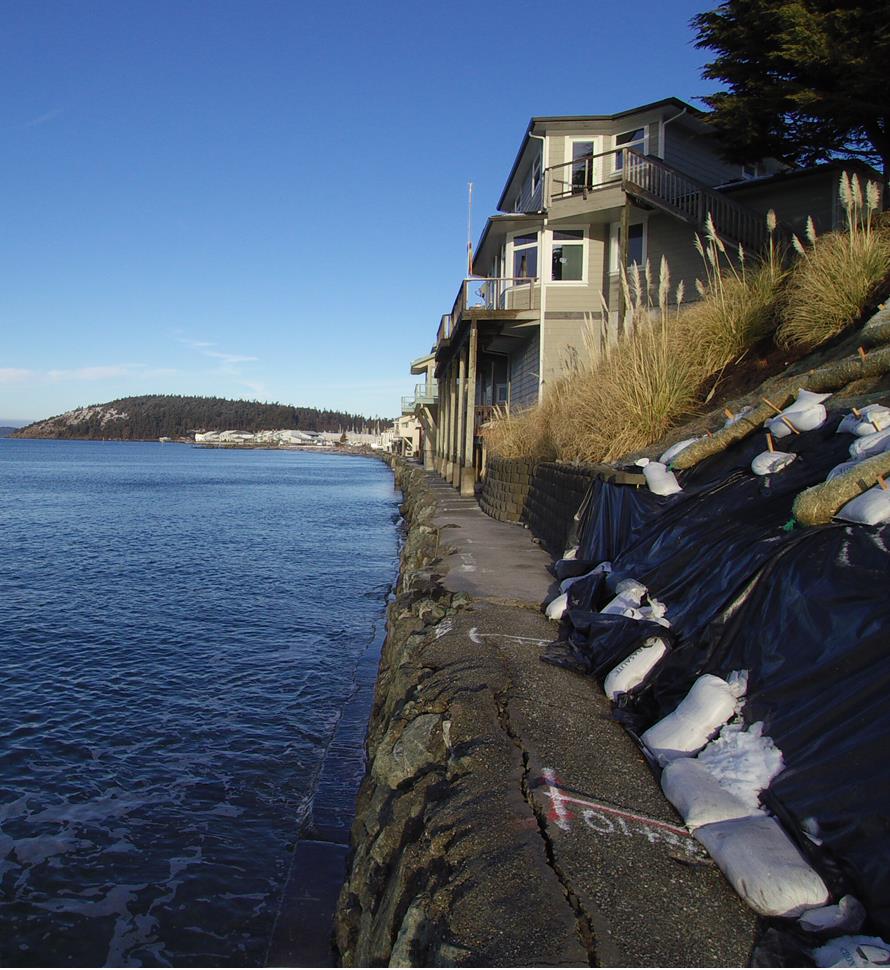
-
Structural Repair / Bonding & Anchoring
The need for crack repair in concrete structures can be caused by many different factors. Damage can occur to the concrete in situations where direct impact puts stress on one area of the structure.
Read More
-
Highway & Bridge
The geotechnical needs of DOTs and other agencies responsible for roads and bridges are vast. Issues include: Culvert repair Soil stabilization Void filling Concrete slab lifting Sinkhole remediation Slope control Slough control in tunneling
Read More
-
Waterproofing & Secondary Containment
Protecting concrete usually means shielding it from the elements of nature or from harsh manmade chemicals. But it’s not just concrete that needs such protection. Corrugated metal pipe, steel surfaces, material hoppers, rail cars and masonry all can come in contact with corrosive or abrasive materials or harsh conditions.
Read More
-
Leak Seal
-
Products
- Leak Repair
-
Soil Improvement
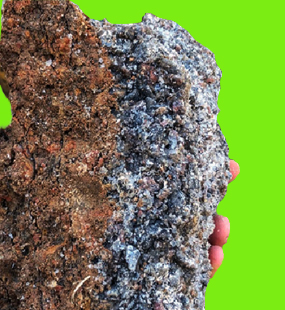
- Soil Stabilization
- Slab Lifting
- Structural Repair / Bonding & Anchoring
- Pumps
- Dispense Guns & Applicators
-
Turnkey Trailer Rig
Are you ready to hit the ground running doing concrete leveling with polyurethane foam? Prime Resins offers the industry’s best suite of products for lifting concrete as a turnkey, fully equipped trailer rig.
Read More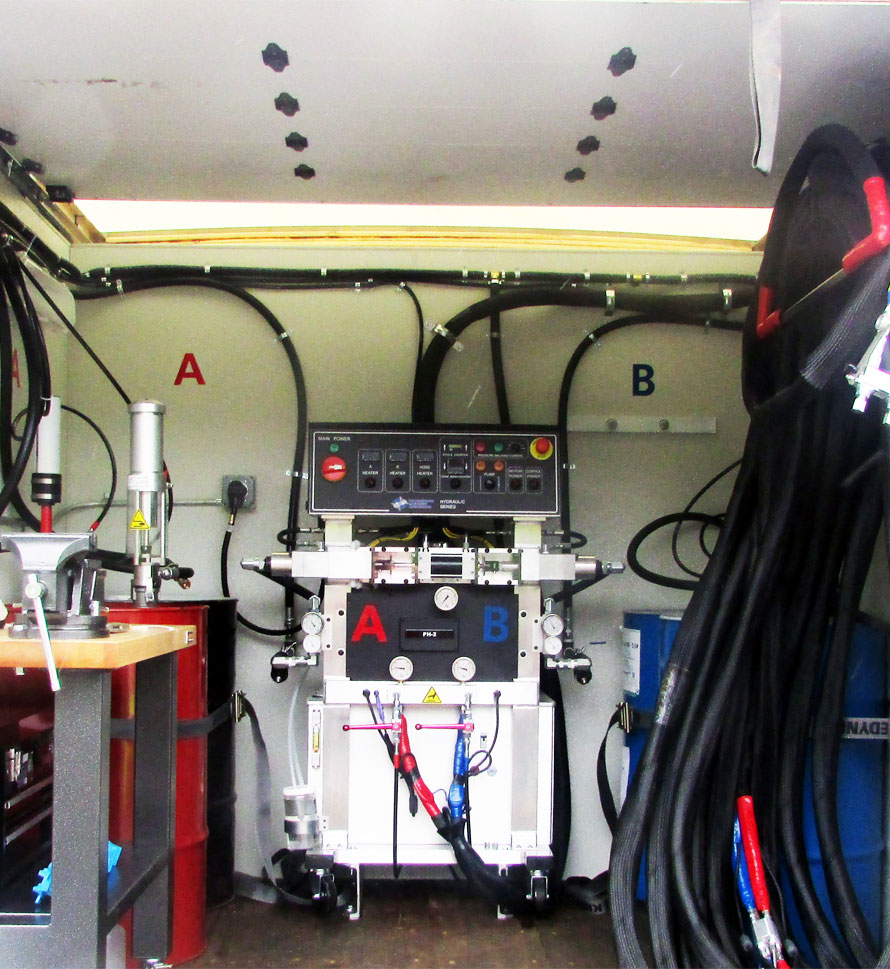
-
Accessories (General)
- 3/4" expendable drive point
- 3/8" and 3/4" soil probes
- Cartridge / Port Connectors and Mixers
- Conduit Seal Kit
- Eco Flush
- F Valve
- Flush Wand
- Grout Needle Kit
- High Pressure Control Valve
- High Pressure Mechanical Ports
- Kick Fast
- Low Pressure Plastic Ports
- PR11 TEA (used w/ PR10 ACLM)
- PR12 APSF catalyst (used w/ PR10 ACLM)
- PR17 LYTX
- Prime Kat
- Prime Plug
- Prime Solvent CGC
- Oakum
- Soil pipe jack
- Stainless Steel Grout Needle & Kit
- StainShield
- Wall Stinger Nozzle
-
Soil Grouting Accessories
- Pipe Coupler
- Pipe Coupler Ferrule
- Buttonhead Coupler - Straight
- Buttonhead Fittings
- SG 3/4" Expendable Drive Tip
- SG 3/4 Rod - 39" Base
- SG 3/4 Rod - 39" Connector
- SG 3/4 Rod - 19.5" Base
- SG 3/4 Rod - 19.5" Connector
- SG 3/4 Fitting - Pipe to Buttonhead
- SG 3/4 Fitting - Buttonhead Fitting
- IL 1/2" Drive Point
- IL 1/2" rod - 39" base
- IL 1/2" rod - 39" connector
- IL 1/2" Fitting Buttonhead
- SG 3/4" Fitting - Buttonhead Coupler
- SG 3/4" Slotted Drive Tip
- SG 3/4 Drive Head
- Modified Pipe Jack Soil Grouting
- SG 3/4 Fitting - Buttonhead Coupler
- Pagani DPM30 Penetrometer
- IL 1/2" Fitting - Buttonhead to Connector Rod
- IL 1/2" Rod to Rod Coupler Fitting
- High Pressure Flow Control Valve
- Buttonhead Coupler - 90°
- Buttonhead Clamp Kit
- DPM30 Penetrometers
- Floor & Joint Repair
- Waterproofing & Secondary Containment
- News
- Downloads
-
Tools
-
Case Studies
Prime Resins takes pride in its ability to find the right solutions to the problems facing our customers. Here are some examples of customers’ successful jobs:
Read More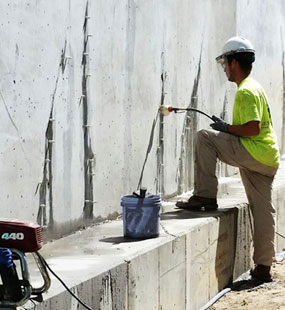
-
Prime Practices
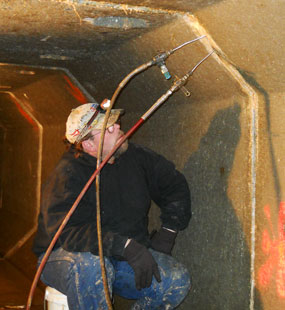
-
Videos

-
Estimating Tools & Info.

-
Why us?
The superior quality of products at a fair price, our consultative approach, and our unparalleled technical support set Prime Resins apart. Learn more about the Prime difference.
Read More
-
Product Types & Typical Uses
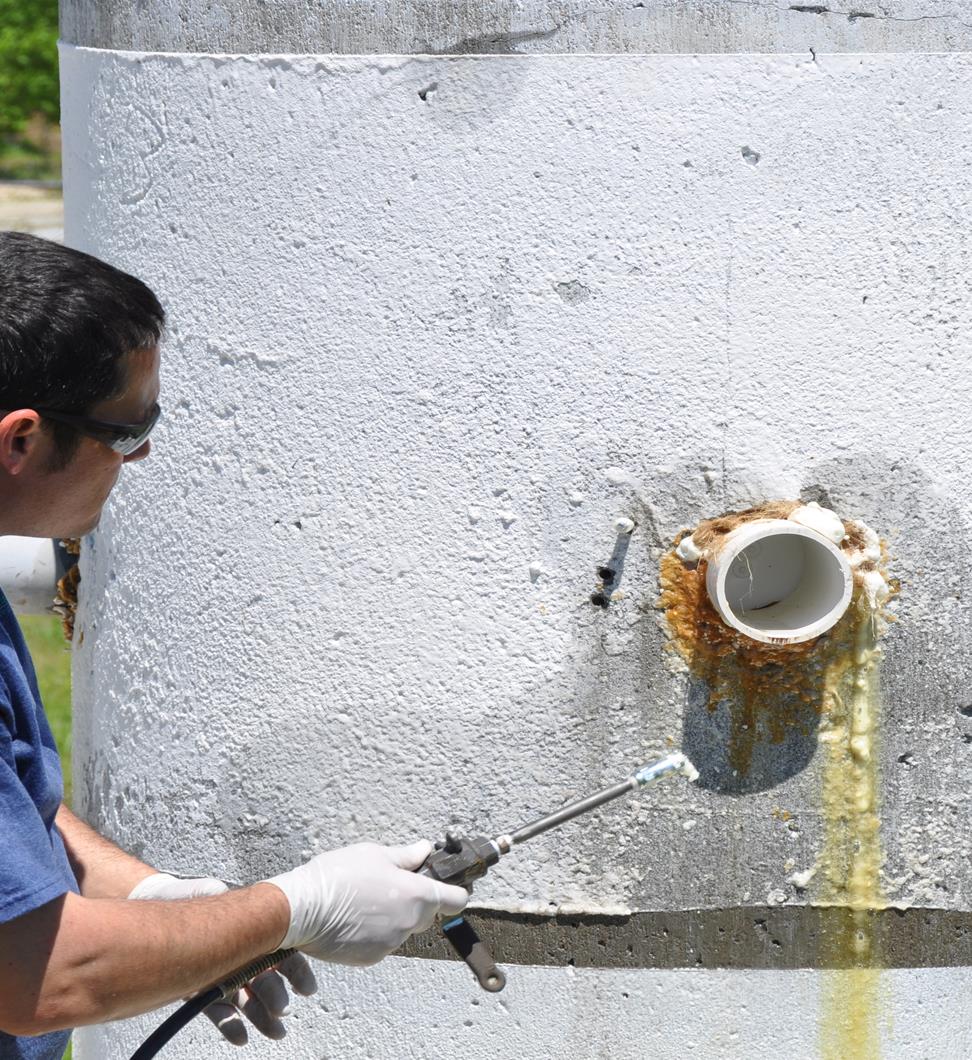
-
Looking for a contractor?
-
Certifications
-
Case Studies
- Contact
Case Studies- Leak Seal Pages
A multi-year infiltration stopped with Prime Flex 920
One hour and 30 liters of Prime Flex 920 is what it took to stop a gushing water infiltration into a sanitary sewer system.
Client: City of Kingston, Ont.
Broker/distributor: strataWORKS Canada Ltd.
Contractor: Dynamite Contractors
Problem: A major leak in a manhole of a sanitary sewer line of Kingston, Ontario, had been active for years. Kingston sits at the mouth of the Cataraqui River where the St. Lawrence River flows out of Lake Ontario. Much of the city sits on limestone bedrock that must be channeled to install water, sewer and service lines. The leaking manhole was located on a sanitary sewer mainline that crosses a swamp, and the manhole was acting as a drain. How major was the problem? The leak was in the manhole of a sanitary sewer line where a 25-cm (10-inch) pipe came into the manhole at the bottom of the bench. Water was flowing around a pipe union at the rate of about 23 liters (6 gal) per minute, according to estimates from Utilities Kingston. That translates into some 12 million liters (3.2 M gal) of infiltration a year, and the leak was active for seven or eight years.
Solution: Chemical grouting stopped the infiltration.
“Since chemical grouting is still relatively new in Canada, the client was a bit reluctant to try something they were not familiar with,” says Jim Hill of strataWORKS Canada Ltd., a public works distributor of infrastructure repair solutions. In fact, he made an irresistible offer: no leak seal, no pay. “So we hired a contractor who had been to Prime Resins for training. There was no risk; I knew it would work.”
Dynamite Contractors injected the resin in the manhole about three meters below grade. The work entailed drilling a series of holes and injecting Prime Flex 920 and Kick Fast kat activator into the holes. Prime Flex 920 is a single-component, water-activated polyurethane resin that is ideal for gushing infiltration problems like this.
Outcome: The job was finished in a morning and cost $4,000. The infiltration was completely stopped.
“The Kingston officials were in disbelief at the results. They had tried several other options before that hadn’t worked, so they did not expect this to succeed,” says Hill. Infiltration water was mixing with sewage, so additional handling and operation costs included pumping the volume of extra water to the treatment facility, extracting clear water from the sewage and then discharging the water. The cost recovery of the project can be measured in weeks.
“Chemical grouting is definitely a method I would recommend to other municipalities dealing with infiltration,” says Hill. “The awareness and use of chemical grouts for infrastructure repair is still small here in Canada but growing. We always show the municipal public works departments we work with how they can make small, highly effective repairs on their own with easy, ‘crew ready’ cartridges. These make it easy to use and don’t require the investment in pumping equipment.”



